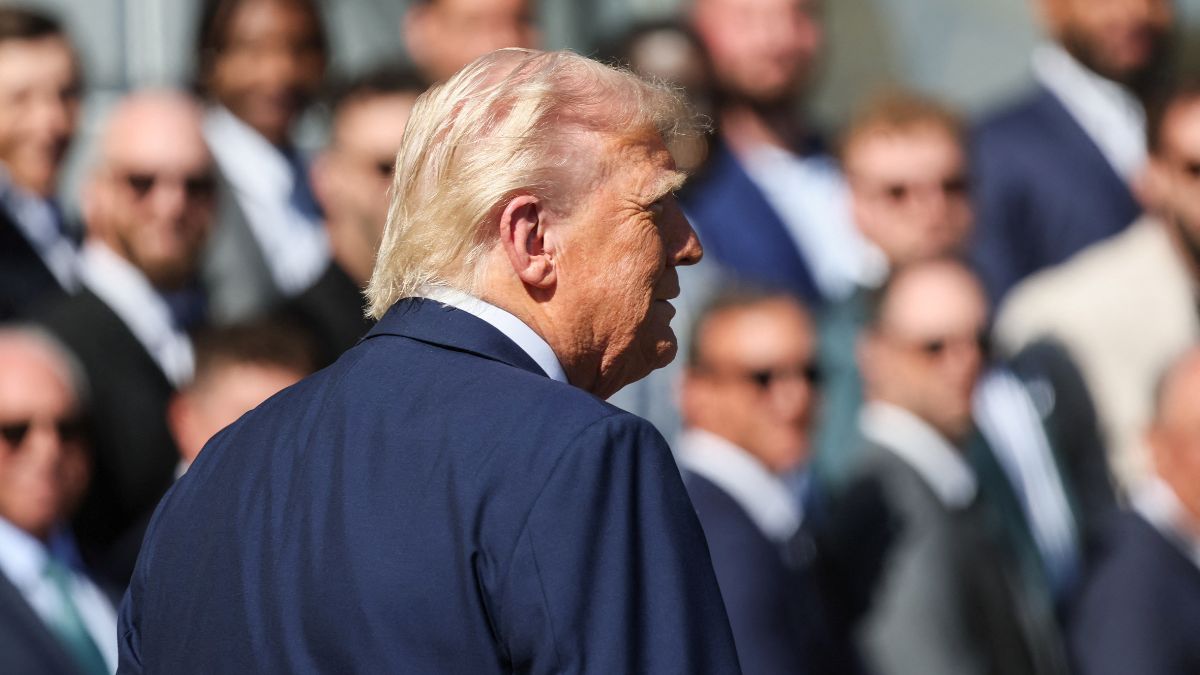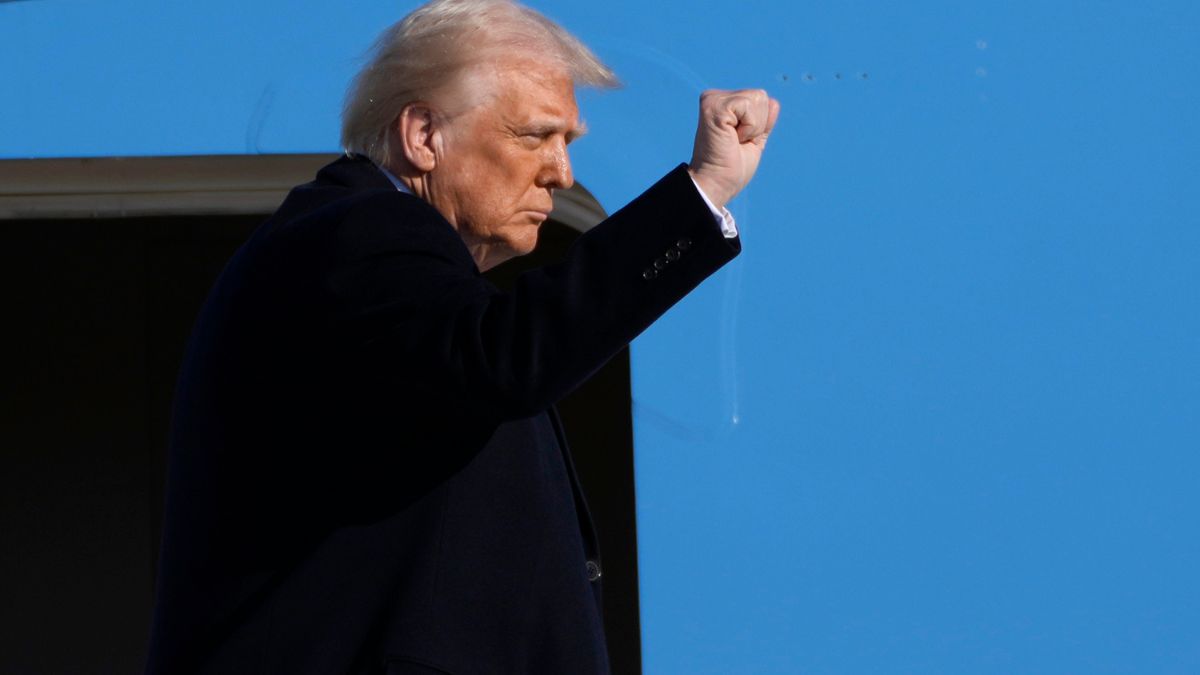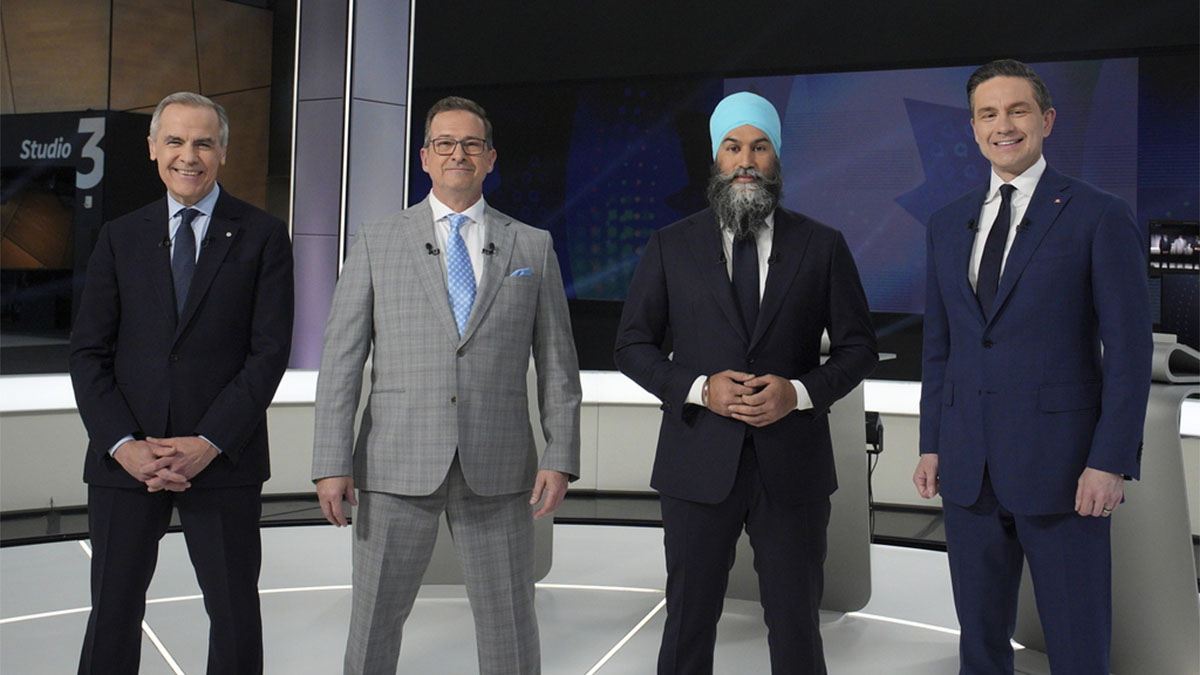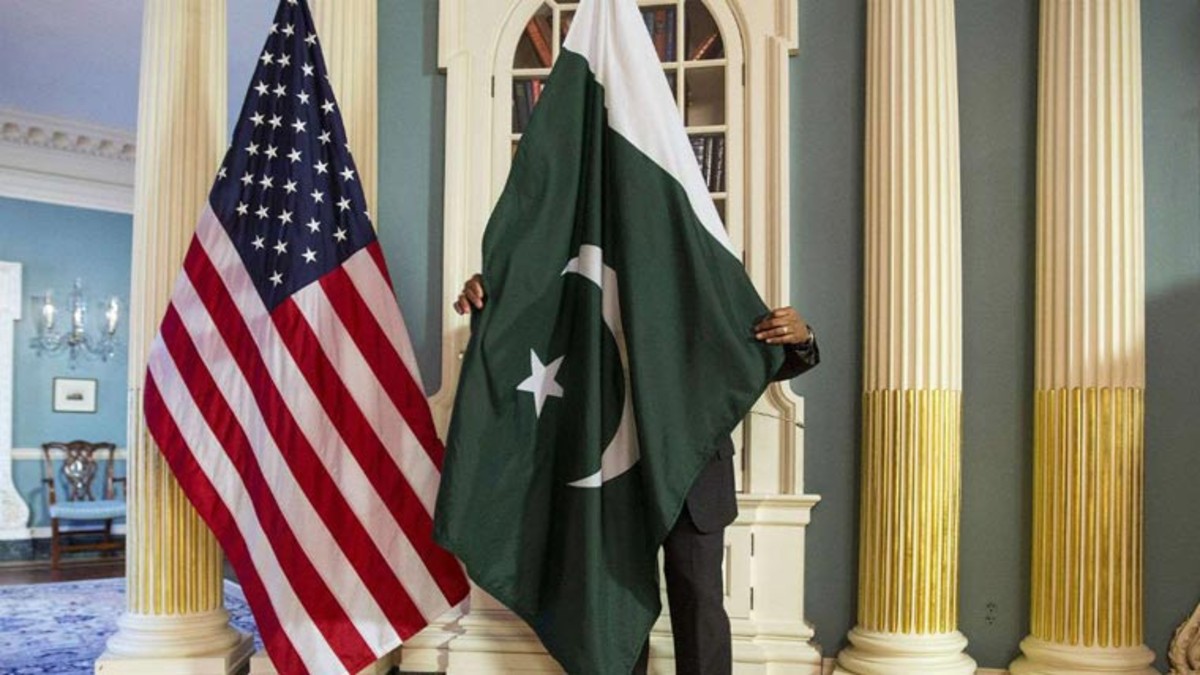As United States President Donald Trump marks his first 100 days back in the White House, his second term has unfolded with sweeping, often controversial moves across domestic and international fronts.
Backed by a Republican-controlled Congress, Trump has acted with urgency to implement his promises — but his early presidency has already triggered court battles, market turbulence and deep political division.
Here’s a look at the biggest flashpoints so far:
Tariffs and a slumping market
Among the earliest and most consequential actions of Trump’s return to office was a radical overhaul of US trade policy. Reviving his hardline stance from his first term, Trump reinstated high tariffs on foreign goods, particularly targeting China, Mexico, Canada and India.
On April 2, during an event dubbed “Liberation Day,” he launched a new tariff package with levies as high as 145 per cent on certain Chinese imports and 26 per cent on goods from India.
The announcement sent shockwaves through financial markets and provoked strong international reactions. In response to the global pushback and economic concerns, the administration announced a 90-day suspension of the tariffs on April 9, as negotiations continued.
US Treasury Secretary Scott Bessent has stated stated that major countries had submitted offers to avert future duties. He recently said that one of the first deals to be signed would likely be with India.
Despite the pause in tariff enforcement, investor sentiment remains shaken. According to CFRA Research, the S&P 500 has fallen 7.9 per cent since Trump took office on January 20 — marking the weakest stock market performance in the first 100 days of any presidency since the early 1970s.
While some economists view the drop as a natural market correction following the record rally during Biden’s final year, the administration maintains that tariffs are necessary to realign global trade and bolster domestic manufacturing.
Trump has defended the move, claiming, “The greatest economic comeback of all time begins now.”
Immigration crackdowns & Birthright Citizenship
Immigration remains central to Trump’s policy agenda, with aggressive enforcement actions underway at the southern border.
The number of unauthorised migrant crossings has declined dramatically — from 249,740 in December 2023 to 7,181 by March 2025 — due to enhanced deportation measures and strengthened surveillance.
The drop in crossings coincides with increased removals by Immigration and Customs Enforcement. These include high-profile cases like that of Kilmar Abrego Garcia, a Salvadoran man deported without a formal hearing.
ICE claimed the deportation was necessary to remove “a dangerous gang member,” although court records showed no criminal conviction and no due process.
Trump has also attempted to reshape a foundational element of US citizenship. In February, he issued an executive order seeking to end birthright citizenship for children of undocumented immigrants.
The order has since been challenged in federal court and is expected to reach the Supreme Court.
Cultural overhaul: DEI elimination etc.
A significant component of Trump’s agenda has been dismantling diversity, equity and inclusion (DEI) programmes across public institutions.
In March, the administration issued directives to eliminate DEI initiatives in federal agencies, military institutions, and organisations receiving federal funds. The rollback is being extended to law firms and universities with ties to federal grants.
The president has also escalated tensions with academia. Harvard University became the administration’s prime target after the school rejected a White House directive on student demographics and its handling of antisemitism on campus.
In retaliation, Trump froze $2.1 billion in federal funding and called for a review of the university’s tax-exempt status. Harvard has responded by filing a lawsuit against the federal government.
In the public school sphere, new guidelines from the Department of Education are aimed at the removal of “woke” policies. Trump has prioritised removing books and materials promoting progressive gender or racial ideologies from classrooms.
As part of this effort, the administration is also seeking to withdraw Medicaid funding for gender-affirming care for minors.
Simultaneously, Trump signed an executive order barring transgender athletes from competing in girls’ and women’s sports nationwide. These policies have drawn condemnation from LGBTQ+ rights organisations and civil liberties groups.
The January 6 pardon
One of the most polarising moments of Trump’s second term came with his broad pardon initiative for individuals involved in the January 6 Capitol riots.
By mid-April, approximately 1,500 people had received pardons, including many charged with violent offenses during the 2021 attack. Trump, who once denounced the violence, now refers to those involved as “patriots.”
This reversal has triggered legal scrutiny. Several prosecutors have voiced concerns about obstruction of justice, and legal experts argue that blanket pardons for those convicted of attacking law enforcement could set troubling precedents.
The Department of Justice is currently reviewing the scope of presidential pardon authority in such cases.
An unfulfilled peace pledge
Trump entered office vowing to quickly end the war between Russia and Ukraine, even stating he could broker peace “before I even arrive at the Oval Office.” However, more than three months into his term, the conflict shows no sign of resolution.
Relations between the United States and Ukraine have grown more strained following a contentious Oval Office meeting between Trump and Ukrainian President Volodymyr Zelenskyy.
Energy, environment, and executive orders
The administration has taken bold steps to reshape US energy and environmental policies. Trump has revoked protections for a large marine reserve in the Pacific Ocean, a move criticised by conservation groups and former environmental officials.
His allies claim this will allow for expanded fishing and resource extraction, while opponents argue it undermines marine biodiversity.
In a major energy policy speech, Trump announced a plan to “cut energy and electricity prices in half,” though details remain sparse.
Early signs suggest a reliance on deregulation and expanded oil and gas drilling, along with reduced support for renewable energy projects.
The rise of Doge
One of the more unconventional changes under Trump’s leadership has been the creation of the Department of Government Efficiency (Doge), a new federal agency championed by entrepreneur Elon Musk.
The department has initiated sweeping layoffs and buyouts across government agencies, with tens of thousands of federal employees affected.
Initially projected to save $1 trillion annually, Musk has since r evised the estimate to $150 billion — an amount even his own office acknowledges may not be achievable.
The agency’s actions have prompted legal challenges from labour unions and watchdog organisations, which argue that the rapid downsizing undermines the federal workforce’s ability to serve the public effectively.
With inputs from agencies


)
)
)
)
)
)
)
)
)